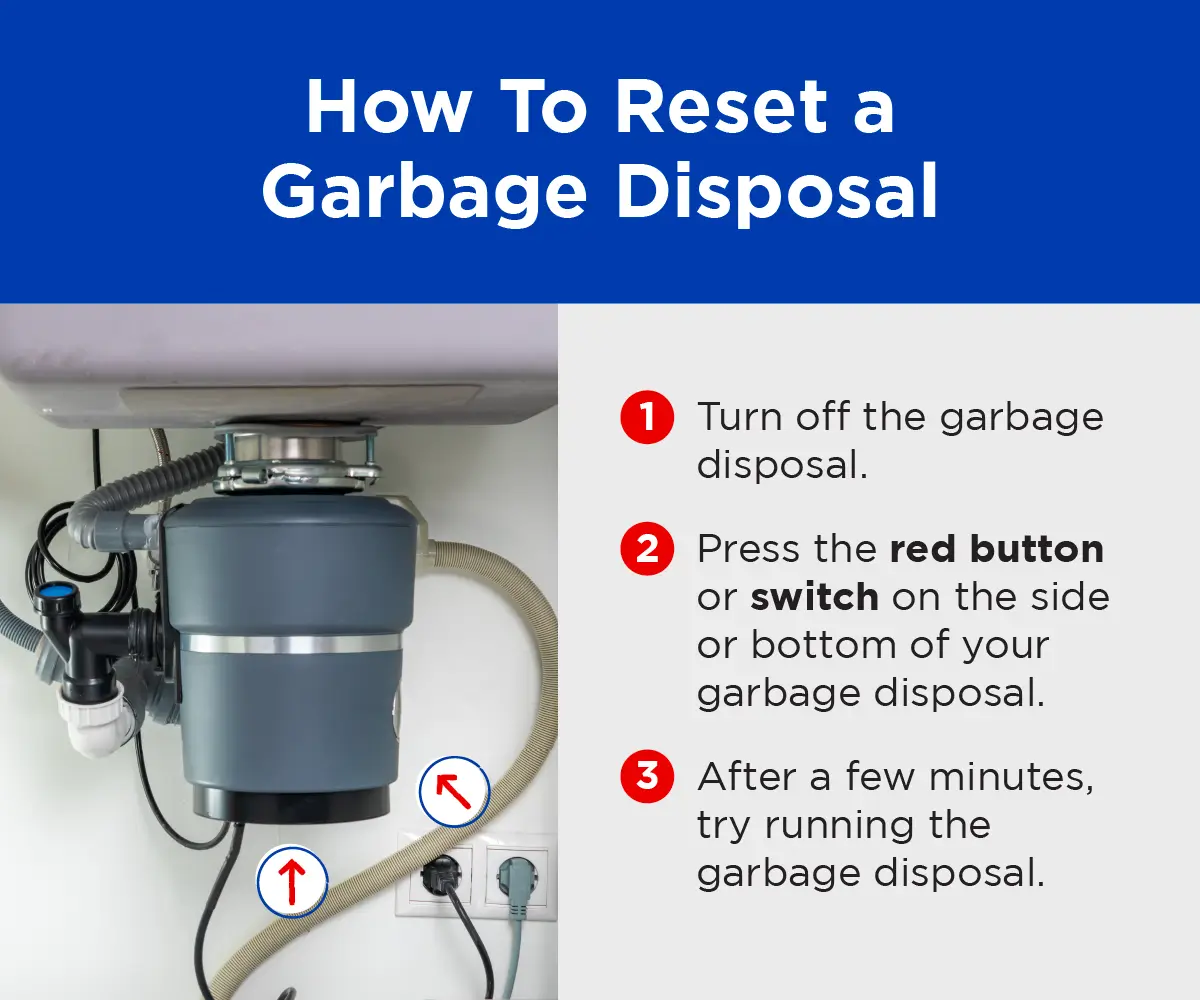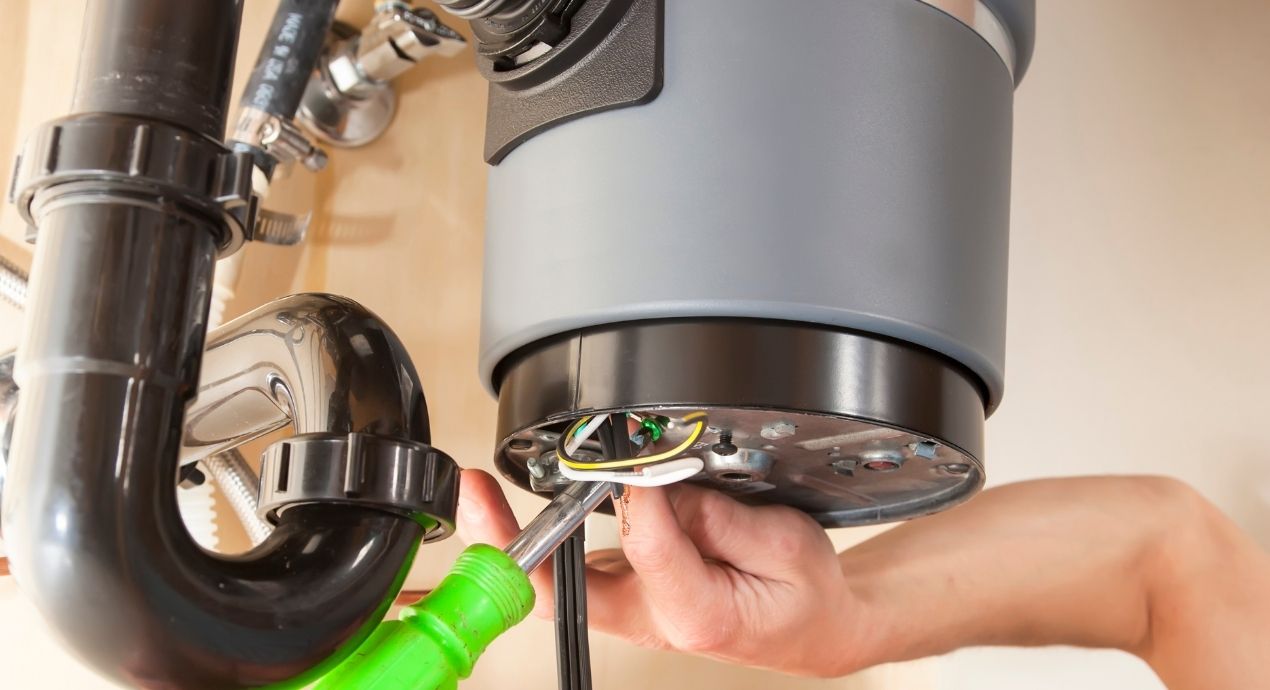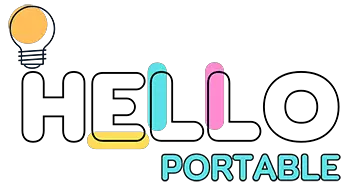Is your kitchen sink turning into a pool of murky water every time you run your garbage disposal? It’s frustrating, isn’t it?
That stubborn clog not only disrupts your daily routine but can also lead to unpleasant odors and bacteria buildup. You want your kitchen to be a place of cleanliness and efficiency, not a source of stress. So, what’s causing your garbage disposal to not drain properly, and more importantly, how can you fix it?
Stick around, and you’ll discover straightforward solutions that will get your kitchen back to its sparkling best. Imagine the relief of hearing that satisfying whirl as your garbage disposal effortlessly clears away waste. Ready to reclaim your kitchen? Let’s dive in!

Credit: www.mrrooter.com
Common Causes
Garbage disposals are a convenient kitchen tool, but they can become a headache when they stop draining. Understanding the common causes of drainage issues can help you fix the problem swiftly and efficiently. Let’s explore the typical reasons behind a garbage disposal not draining and how you can tackle them.
Clogs And Blockages
Clogs and blockages are the most frequent culprits. Your disposal might be struggling because of food scraps that have piled up over time. Have you ever tossed onion peels or fibrous vegetables down the disposal? These can easily jam the system. Clear blockages by running cold water and using a plunger or snake tool to dislodge stubborn debris.
Mechanical Failures
Mechanical failures can also be a reason. Your garbage disposal is made up of various components that can wear out or break. Have you noticed strange noises or vibrations? This might indicate a mechanical issue like a jammed motor or worn-out blades. Regular maintenance checks can help prevent mechanical failures before they become serious.
Electrical Issues
Electrical issues might be less obvious but are equally problematic. Sometimes, the disposal might not drain due to a tripped circuit breaker or a faulty switch. Are you experiencing intermittent power? Check your electrical connections and reset any tripped breakers. Sometimes, just a quick reset can get your disposal up and running again.
Understanding these common causes can save you time and stress. Next time your garbage disposal doesn’t drain, ask yourself: Is it clogged, mechanically impaired, or electrically faulty? By diagnosing the problem, you can find a practical solution without calling in a professional.

Credit: www.libertyhomeguard.com
Initial Checks
When dealing with a garbage disposal not draining, initial checks are crucial. These simple steps can help identify the problem. Understanding what might go wrong can save time and effort.
Inspecting The Power Source
Begin by checking the power source. Ensure the unit is plugged in securely. Verify the outlet is functioning by testing another device. Check the reset button on the unit itself. Press it to reset the system.
Listening For Unusual Noises
Turn on the disposal and listen carefully. Grinding or humming sounds can indicate issues. Silence might mean the unit isn’t receiving power. Noise helps pinpoint the problem area.
Checking For Visible Obstructions
Look inside the disposal for visible obstructions. Use a flashlight to see better. Avoid putting your hand inside. Use tongs or a tool to remove blockages. Visible obstructions can easily be cleared.
Diy Solutions
Garbage disposal systems sometimes stop draining properly. This can disrupt your kitchen routine. Luckily, you can fix it yourself with some simple steps. These DIY solutions are easy and effective. Follow these methods to get your disposal draining smoothly again.
Using A Plunger
A plunger can clear minor clogs in your garbage disposal. Fill the sink with a small amount of water. Place the plunger over the drain opening. Use firm, quick plunges to dislodge any blockage. Repeat until water drains freely.
Cleaning The Disposal Unit
Sometimes food particles build up inside the disposal unit. Cleaning it can restore proper drainage. First, turn off the disposal and unplug it. Remove any visible debris using tongs or pliers. Use a brush to scrub inside the unit gently. Rinse with warm water to remove residue.
Resetting The Disposal
The disposal may need a reset if it’s not draining. Locate the reset button at the bottom of the unit. Press the button firmly. This can restart the motor and clear minor issues. If the problem persists, check for obstructions inside the disposal.
Tools And Supplies
Fixing a garbage disposal not draining often requires basic tools like a plunger, wrench, and flashlight. Supplies might include vinegar, baking soda, and a bucket for water. These items can help clear blockages and ensure smooth operation.
When dealing with a garbage disposal that isn’t draining, having the right tools and supplies can make all the difference. Without them, you might find yourself frustrated, unable to fix a simple problem. Imagine being ready to tackle the issue only to realize you’re missing a crucial tool. The good news is that most of these items are easy to find and don’t require a big investment. Let’s dive into what you need to get the job done effectively.Essential Tools
First off, arm yourself with a flashlight. This will help you see inside the disposal unit clearly. It’s often dark and cramped down there, and visibility is key to spotting any blockages or foreign objects. Next up, a plunger can be your best friend. It’s useful not just for toilets but also for unclogging disposals. Make sure it has a good seal on the sink drain for maximum effectiveness. A hex key or Allen wrench is another vital tool. Many disposals come with a hex hole on the bottom. Inserting a wrench here lets you manually turn the blades, which can help dislodge blockages. Lastly, have a pair of pliers on hand. Sometimes, you’ll need to pull out debris that’s causing the block. Just remember to disconnect the power first to avoid accidents.Recommended Cleaning Agents
Baking soda and vinegar are a dynamic duo for cleaning your garbage disposal. Pour half a cup of baking soda down the drain, followed by a cup of vinegar. Let it fizz for a few minutes to help break down any grease or gunk. Lemon or orange peels not only freshen the disposal but also aid in loosening small debris. Toss a few peels in and run the disposal with cold water. For a more robust clean, consider using a commercial disposal cleaner. These are specifically designed to tackle stubborn build-ups. Just follow the instructions on the package, and you’ll have a clean and efficient disposal in no time. Are you ready to tackle your garbage disposal issues with confidence? Having these tools and supplies at your fingertips will make the task not only manageable but also satisfying. So next time your garbage disposal refuses to drain, you’ll know exactly what to do.When To Call A Professional
Garbage disposals are handy kitchen gadgets. They make waste disposal simple. But sometimes, they stop working as they should. When your garbage disposal isn’t draining, it can be frustrating. You might try fixing it yourself. But some issues need expert help. Knowing when to call a professional can save time and money.
Signs Of Severe Damage
Severe damage can cause your disposal to malfunction. A loud grinding noise is a clear sign. This noise can mean broken parts inside. If water leaks from your disposal, that’s serious too. Leaks can damage cabinets and floors. A professional can assess the issue accurately. They have the tools and skills needed. For severe damage, call a professional right away.
Complex Electrical Problems
Garbage disposals rely on electrical systems. If your unit won’t turn on, it could be electrical. Resetting might not solve the problem. Electrical issues can be dangerous to tackle alone. A professional ensures repairs are safe and efficient. They know how to handle complex wiring. Avoid DIY solutions for electrical problems. Your safety should always come first.
Preventative Measures
Garbage disposals can be incredibly convenient, but they require care. Preventative measures ensure your disposal drains well. Regular maintenance and proper disposal practices help prevent clogs and jams.
Regular Maintenance Tips
Maintenance keeps your garbage disposal in top shape. Run cold water before and after using it. This helps flush out food debris. Use a brush to clean the disposal blades monthly. This prevents buildup and odors. Inspect the unit for leaks or damage regularly. Address issues immediately to avoid bigger problems.
Proper Disposal Practices
What you put in the disposal matters. Avoid fibrous foods like celery. They can tangle in the blades. Do not pour grease down the disposal. It hardens and causes clogs. Cut large food scraps into smaller pieces. This helps the disposal work efficiently. Dispose of non-food items in the trash. The disposal is for food waste only.

Credit: www.youtube.com
Frequently Asked Questions
Why Is My Garbage Disposal Not Draining?
A clogged drain is often the culprit. Food debris can block the pipes.
How Do I Unclog A Garbage Disposal?
Turn off the power. Use a plunger or plumber’s snake to clear the clog.
Can I Use Chemicals To Clean My Disposal?
Avoid chemicals. They can damage your pipes. Use natural methods like baking soda and vinegar instead.
What Foods Should I Avoid Putting In The Disposal?
Fibrous foods like celery, potato peels, and coffee grounds can cause clogs. Dispose of them in the trash.
How Often Should I Clean My Garbage Disposal?
Clean it monthly. Use ice cubes and salt to remove buildup. Keeps the blades sharp.
Conclusion
Solving garbage disposal issues can save you time and stress. Regular cleaning helps prevent clogs and keeps the system running smoothly. Always use cold water when grinding food waste. Avoid disposing of fibrous or starchy foods. If problems persist, consult a professional.
They can inspect and fix your unit safely. Remember, proper maintenance extends the life of your disposal. Keep these tips in mind for a hassle-free kitchen. Stay proactive in keeping your disposal in top shape. Your kitchen will thank you! Take steps now and enjoy a smoothly running garbage disposal.
